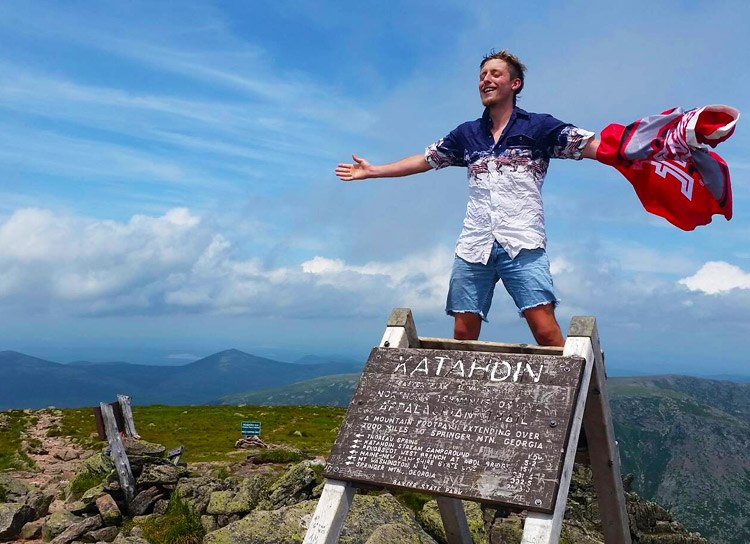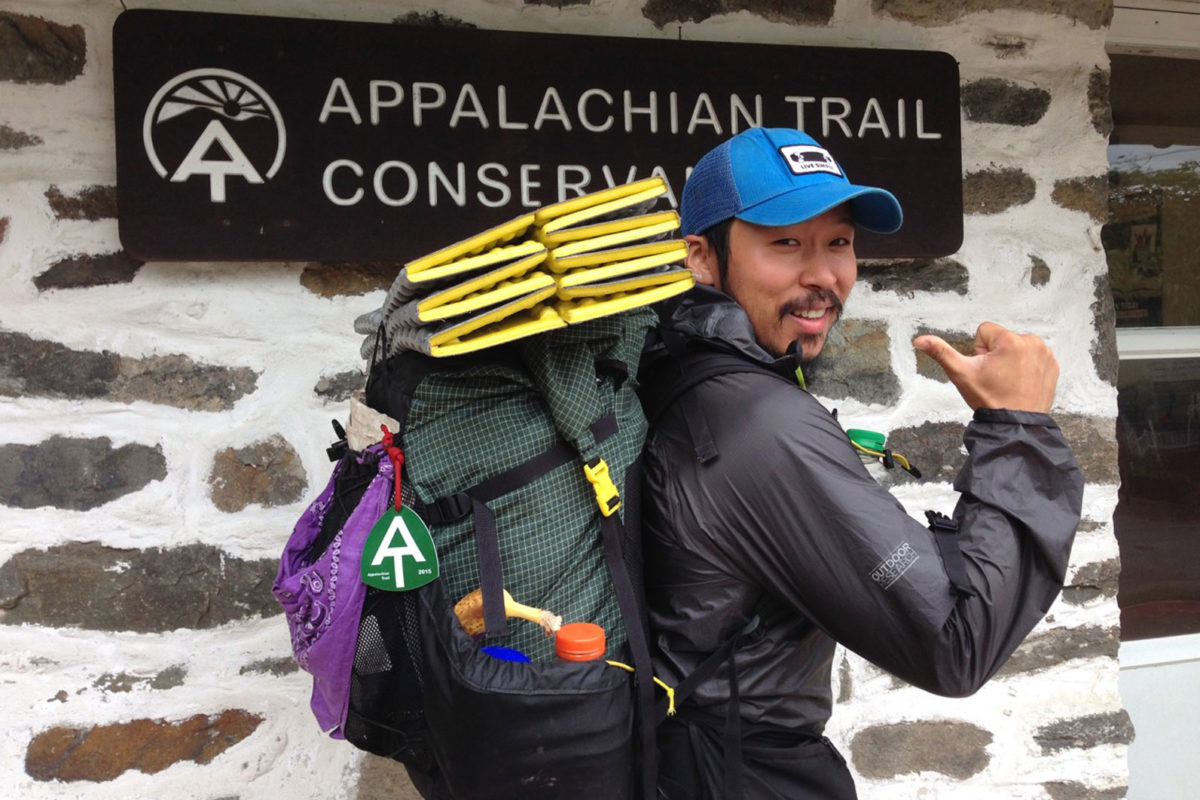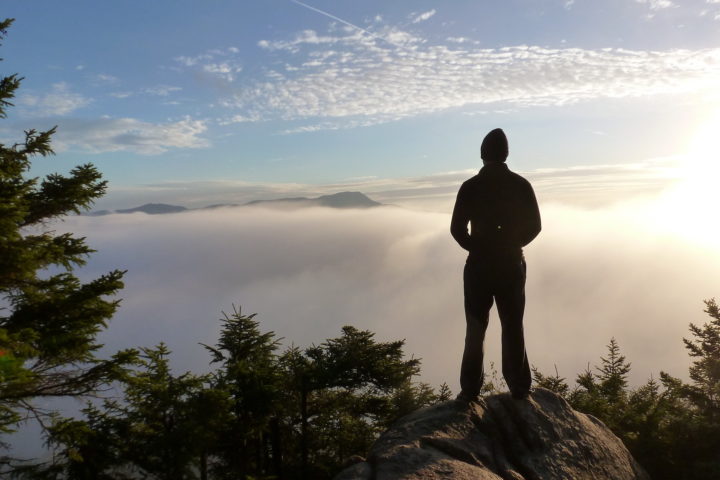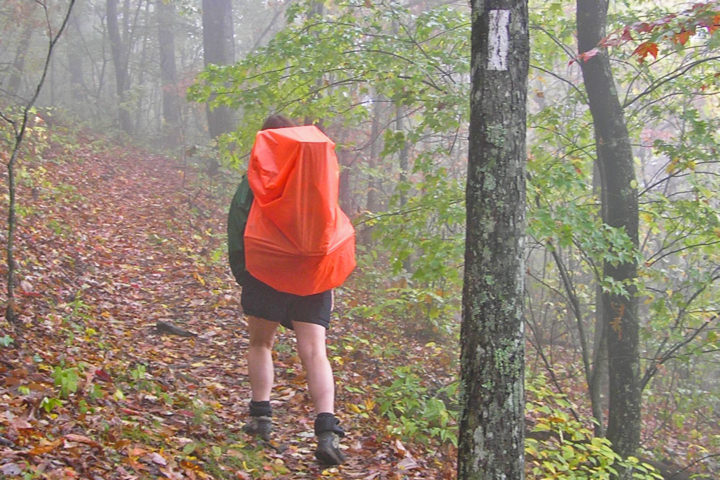Learn More
Northbound Thru-Hiking
Northbound (NOBO) – Georgia to Maine
Most thru-hikers start their trips in March or the first half of April at Springer Mountain in Georgia and finish at Katahdin in Maine in September.

A typical northbounder, starting in March or April and finishing in September, can expect:
- Hiking in winter conditions for much of the first several weeks (when starting in March).
- The need to carry good winter gear beyond Mt. Rogers, Virginia (a little more than 500 miles from start).
- Snow, sometimes deep, at high elevations throughout North Carolina and Tennessee.
- Starting among crowds of thru-hikers, section hikers, and weekenders leading to large numbers of hikers at overnight sites.
- Higher likelihood of being exposed to norovirus as a result of camping in crowded conditions in the backcountry.
- Mid-April through May, walk north with spring, with mostly pleasant temperatures and an abundance of wildflowers
- Very hot, humid weather through the mid-Atlantic states.
- Favorable temperatures through southern New England.
- Periods of cold weather in New Hampshire and Maine in September and October.
- A dramatic ending on Katahdin

Recommendations and Considerations
- Register your thru-hike at ATCamp to find a less-crowded start date and receive critical updates.
- Plan your hike so that you finish at Katahdin in Maine before October 15.
- Choose Amicalola Falls State Park (instead of Springer Mountain) as your start point. Read why here.
- To avoid crowds and winter conditions, the optimal time to start a northbound thru-hike is the window between April 15 and the first week of May. However, hikers do need to plan on reaching Baxter State Park in Maine before October 15 due to severe weather conditions that typically occur starting the increasing frequency in early October.
- Weather is the one of the most critical factors in determining when to start a thru-hike. Virtually every part of the Appalachian Trail has the potential to receive snowfall through early April. Mountains in the South, especially those above 5000 feet, can receive snowfall—sometimes deep—well into April. The highest peaks in Tennessee, North Carolina, and southwest Virginia receive an average of close to 100 inches of snowfall a year.
- Starting earlier in February means hiking in colder temperatures longer and hiking in deeper snow, with far fewer hikers around. Snowshoes and strap-on traction devices may be needed in the Smokies or other high-elevation areas. A February start is recommended only for those with experience backpacking in winter conditions in steep, mountainous terrain.

A.T. Hangtags
Hangtags distributed by the Appalachian Trail Conservancy (ATC) are frequently seen dangling off an aspiring 2,000-miler’s pack, marking their intent to traverse the entire Appalachian Trail (A.T.).
Discover More

Plan and Prepare
Hiker Resource Library
A collection of resources for hikers to stay safe, healthy, and responsible on the Appalachian Trail.

BY CAITLIN MILLER
11 Easy Ways to Improve Your Leave No Trace Footprint
A collection of simple and seemingly small ways you can practice Leave No Trace and help protect the A.T. experience.

Plan and Prepare
Safety
Learn about the hazards you may face when hiking the Appalachian Trail and how to avoid or prepare for them is the best way to stay safe.
